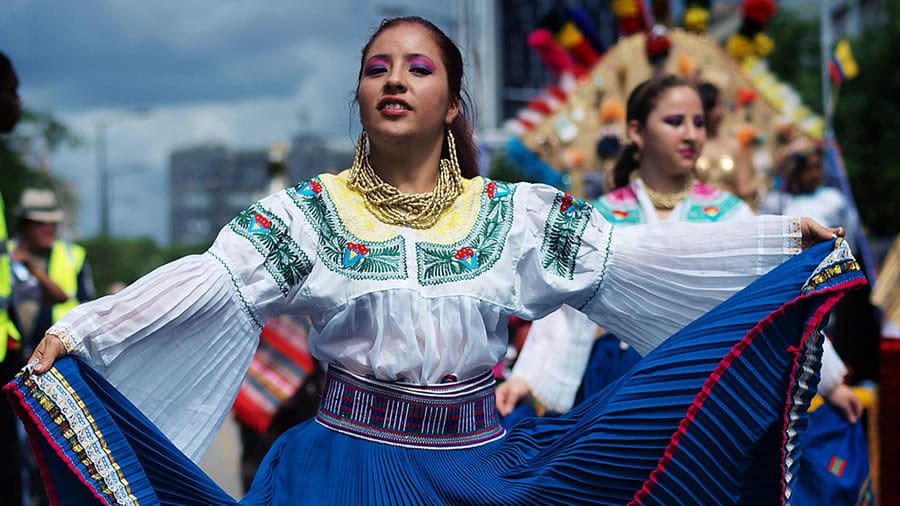
The Cultural History of Hispanic/Latin American Culture Essay
It is a well-known fact that culture is a collection of all kinds of transformative work of man and society, as well as the results of this activity. To paraphrase Hegel, who wrote about art, we can say that culture often serves as the sole key to understanding the wisdom of nations. This definition leads us to completely different issues, namely, the problem of Latin American culture. So, the main aim of this project is to discuss the cultural history of Hispanic/Latin American culture.
First of all it is necessary to mention that in the New World were formed four ‘great’ cultures – Hispanic, represented by two dozens of self-valuable national cultures, North American, Brazilian and Canadian. They have evolved based on the original European languages and traditions, and the reality of the New World, profoundly different from the European reality, dictate them the way of their identity development. So, historical peculiarities, ethnic and natural environment of the former colonies have combined the features of the original traditions and defined the differences between American cultures.
What is the peculiarity of Hispanic/Latin American culture? It is clear, detailed answer to this question will require a multi-volume works, but nevertheless, it is necessary to outline some approaches to the answer in the context of this project. In this case, we should start with another question: when did Hispanic cultural group originate in the U.S.? The question is not idle, but is very complex, because different researchers in various periods of time responded to it differently. For example, Cleven (1927) stated that “Hispanic colonists settled Florida, Louisiana, and New Mexico, and two of the oldest communities within present day United States—St. Augustine, Florida (1565) and Santa Fe, New Mexico (1610)—have had Latino inhabitants from the beginning.”
According to Keen (2000), we see that until recently the existence of Hispanic culture was being questioned. Now it is hard to believe, but meanwhile back in the first half of XX century there were many quite lucid minds – the Spanish, that is understandable, but also many Latin Americans – who argued: There is no independent Latin American culture, it is – a cultural offshoot of the Spanish (or Portuguese if we are talking about Brazil). And, admittedly, they had the right to say so.
Indeed, on the American continent were found very ancient and rich pre-Columbian cultures, but they were destroyed during the Spanish colonization of the New World, and the Indians largely assimilated, that is mean that they accepted language, religion and norms of everyday life of the conquerors. A new, strictly Latin American culture was formed on the basis of European culture and European (mainly Spanish) languages. But it is clear that the language – is not only vocabulary and grammar, but also a way of thinking, artistic as well. Moreover, Latin American culture originally had no its own tradition, and due to this fact it was forced to borrow European trends and genres for its own development for a long time. So, it has consistently assimilated baroque, classicism, romanticism, realism, naturalism, symbolism, and the avant-garde. In any case it was the single possible way of its development. But as a result of this fact it was perceived as a culture of imitation or as a ‘provincial’ variation of the Iberian Peninsula culture for some time.
Thus, basing on the above stated information we can say that Hispanic/Latin American culture – is a relatively young phenomenon in the frames of world history. It is difficult to determine the date of its birth, because genetically it goes back to the ancient ‘Columbian’ American civilizations – Aztec, Maya, Inca and other smaller ethnic groups. Culture of Latin America and its constituent regions and countries, being an example of local culture, formally came into existence, as already noted, in the era of great geographical discoveries. So, speaking of the unity of Latin America, we should not forget about its diversity, the exceptional heterogeneity of specific forms of social and aesthetic consciousness, reflecting not only surviving the economic stratification, but also large diversity of those races and ethnic groups who have contributed and are contributing in what we are today call the Latin American culture.

